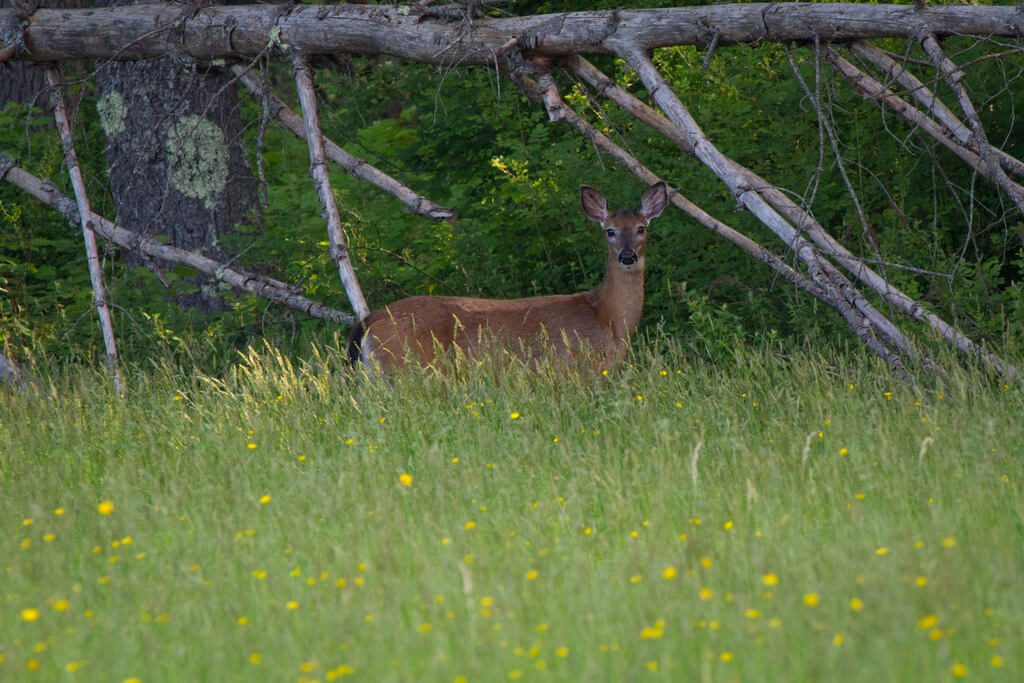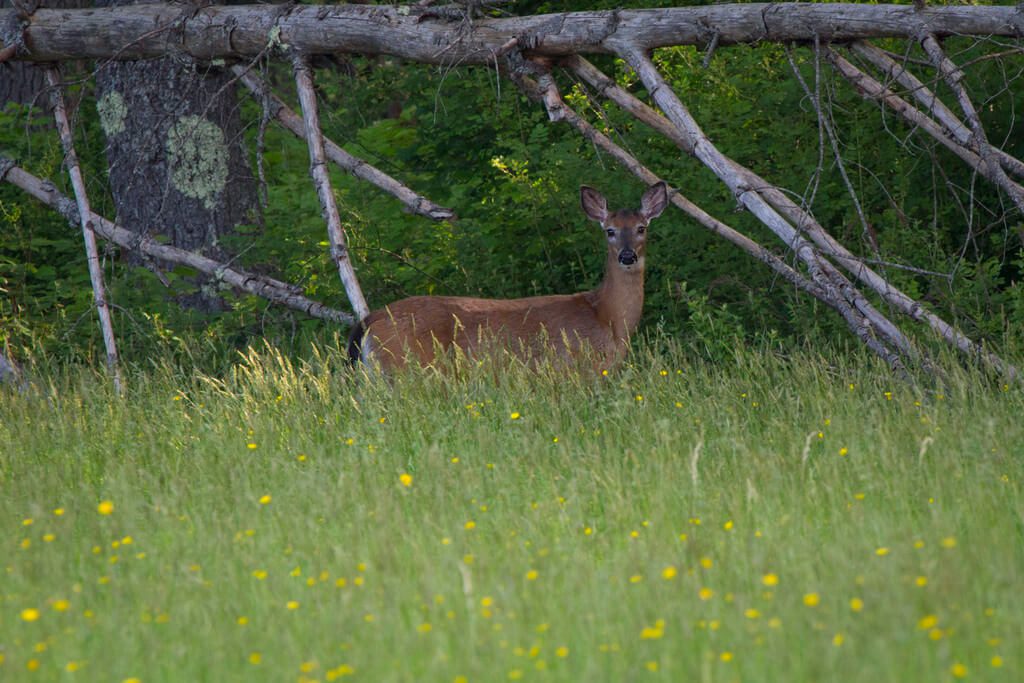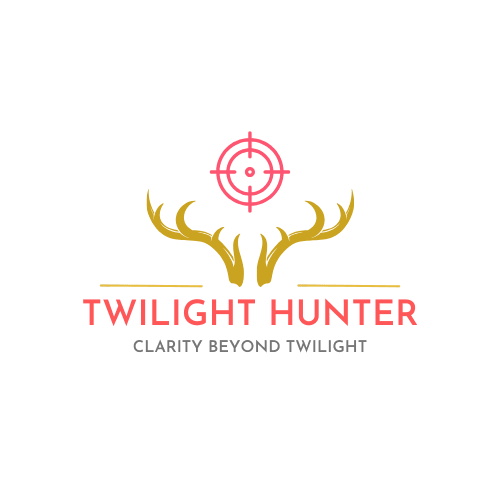

Are you planning to hunt deer in a new area? Scouting for deer in unfamiliar territory can greatly increase your chances of having a successful hunting season. One key tip is to establish a good relationship with the landowner by asking for permission to hunt on their property.
They can provide valuable insights about the deer’s behavior and whereabouts. Look for the three things that deer need: food, bedding cover, and water. Utilize topographical maps and trail cameras to gather information about the landscape and the deer’s movement patterns.
Additionally, be mindful of not overpressuring the area and disturbing the deer’s behavior. With these scouting tips, you’ll be well-prepared for a fruitful deer hunting experience.
How Accurate Is A Hunting Crossbow?
Introduction
Seek Permission from Landowner
When it comes to hunting deer in an unfamiliar area, scouting plays a crucial role in ensuring a successful hunting season. By familiarizing yourself with the land and the behavior of the deer, you can increase your chances of making a kill.
In this article, we will provide you with some helpful scouting tips to help you navigate an unfamiliar hunting ground and improve your hunting experience.
Scouting Tips for Hunting Deer in an Unfamiliar Area


This image is property of i0.wp.com.
Before venturing onto a new piece of property, it is important to seek permission from the landowner. This not only establishes a good relationship with the landowner but also ensures that you are welcome on the property.
In Maine, hunters are allowed to be on privately owned land that is not posted, but having written permission gives you peace of mind. Additionally, gaining permission to hunt on a property allows you to tap into the landowner’s local knowledge, which can be invaluable in learning about the deer population and their habits.
Tap into the Landowner’s Local Knowledge
The landowner is likely to have valuable insights regarding the deer population on their property. By establishing a connection with them, you can access their local knowledge, such as where the deer are likely to be found and what their behavior is like. This can save you a significant amount of time and effort in your scouting endeavors, as the landowner can provide you with valuable information upfront.
What Brand Of Crossbow Is Best?
Identify Deer Needs: Food, Bedding Cover, and Water


Deer have three basic needs: food, bedding cover, and water. When scouting in an unfamiliar area, it is important to identify these elements and how they relate to each other. Look for areas with abundant food sources, such as crops, fruit trees, or acorn-producing oak trees.
Deer also require bedding cover to feel secure, so pay attention to areas with dense vegetation, such as thickets or swamps. Lastly, locate water sources like streams, ponds, or lakes, as deer need water for survival.
Use Topographical Maps to Understand the Landscape
Topographical maps are a valuable tool for understanding the landscape of the area you are scouting. These maps provide details about the terrain, including water features, ridges, and potential travel corridors. By studying the topographical maps, you can identify potential deer movement patterns and strategic hunting spots. Understanding the landscape can greatly enhance your scouting efforts and increase your chances of success.
Utilize Trail Cameras for Close-up Observation


Trail cameras are an excellent tool for close-up observation of deer behavior in an unfamiliar area. By strategically placing trail cameras in different locations and moving them around, you can capture images or videos of deer in their natural habitat.
This visual evidence allows you to study their behavior, movement patterns, and specific times of activity. The longer you use trail cameras throughout the year, the better understanding you will have of deer activity on the property.
Identify Signs of Deer: Droppings, Tracks, Rubs, and Scrapes
When scouting for deer, it is important to be able to identify signs of their presence. Look for signs such as droppings, tracks, tree rubs, and scrapes. These indicators can tell you whether or not there are deer in the vicinity and give you an idea of their size. The presence of fresh signs indicates recent deer activity, which can help you determine the best locations to set up your hunting spots.
Look for Edge Habitats
Deer and other wildlife tend to frequent edge habitats, which are areas where different types of habitat meet. These edges can include the border between a field and a forest, or between hardwood and softwood stands.
By scouting for these edge habitats, you increase your chances of encountering deer. Keep in mind that deer often travel along these transition zones, so identifying edge habitats can provide you with valuable hunting opportunities.
What Kind Of Crossbow Is Used For Deer Hunting?
Timing of Scouting Efforts
Timing is crucial when it comes to scouting for deer. While it’s important to scout throughout the year, it’s recommended to wrap up most of your scouting efforts a couple of weeks before hunting season.
This allows the woods to reset and deer to go back to their normal routines before the hunting pressure increases. However, using less invasive techniques like trail cameras can still provide valuable information after scouting efforts are complete.
Avoid Disturbing Deer Behavior
It’s important to avoid disturbing deer behavior during both preseason scouting and the hunting season. When accessing your stand or blind location, be cautious not to spook deer out of the area. Frequent interventions or obvious signs of human presence can easily change deer patterns and make them more elusive. By minimizing your impact on the deer and their habitat, you increase your chances of encountering them during the hunt.
Hunt in Multiple Smaller Sections
Instead of attempting to cover an entire property in a single day, consider hunting in multiple smaller sections over several days. This reduces the chances of disturbing deer and allows you to focus on specific areas where you have identified deer activity.
By hunting smaller sections, you can increase your chances of encountering deer that may have been pressured out of areas where other hunters are concentrated.
Know Other Hunters’ Access Points
It’s always advantageous to know where other hunters are likely to access the property you are scouting. By understanding their entry and exit points, you can adjust your hunting strategy accordingly.
Is It Legal To Hunt With A Crossbow?
If you know that most hunters are concentrated near certain trails or access points, consider setting up deeper in the woods where there is less hunting pressure. This increases your chances of encountering deer that have been pushed away from heavily hunted areas.
Conclusion
Scouting for deer in an unfamiliar area requires careful planning and attention to detail. By seeking permission from the landowner, tapping into their local knowledge, and identifying deer needs, you can gain valuable insights into the deer population and their behavior.
Visual tools like topographical maps and trail cameras provide additional information and help you make informed decisions when selecting hunting spots. Stay mindful of avoiding disturbance to deer behavior, and consider hunting in multiple smaller sections to reduce pressure and increase your chances of success.
With these scouting tips in mind, you can confidently navigate unfamiliar hunting grounds and increase your chances of a successful deer hunting season.




